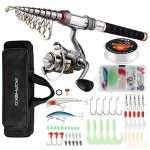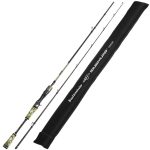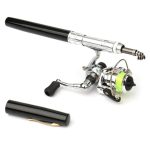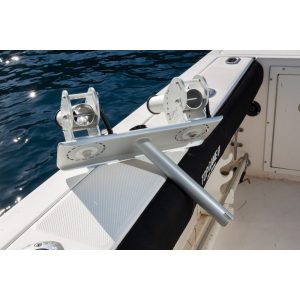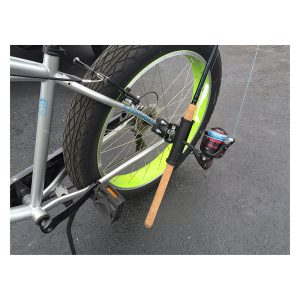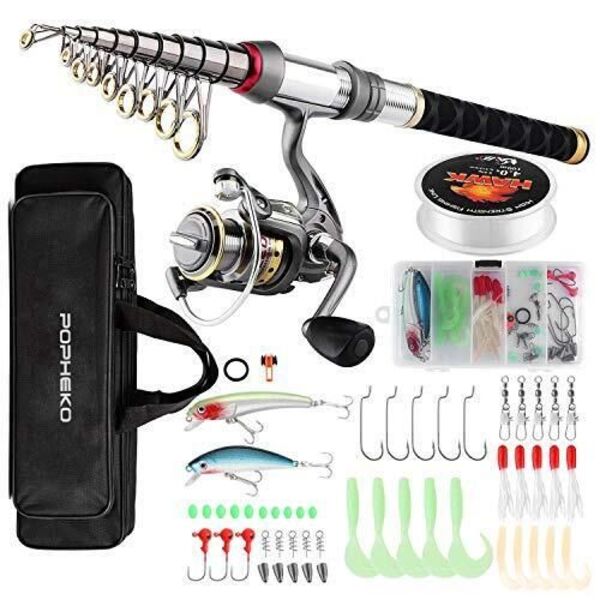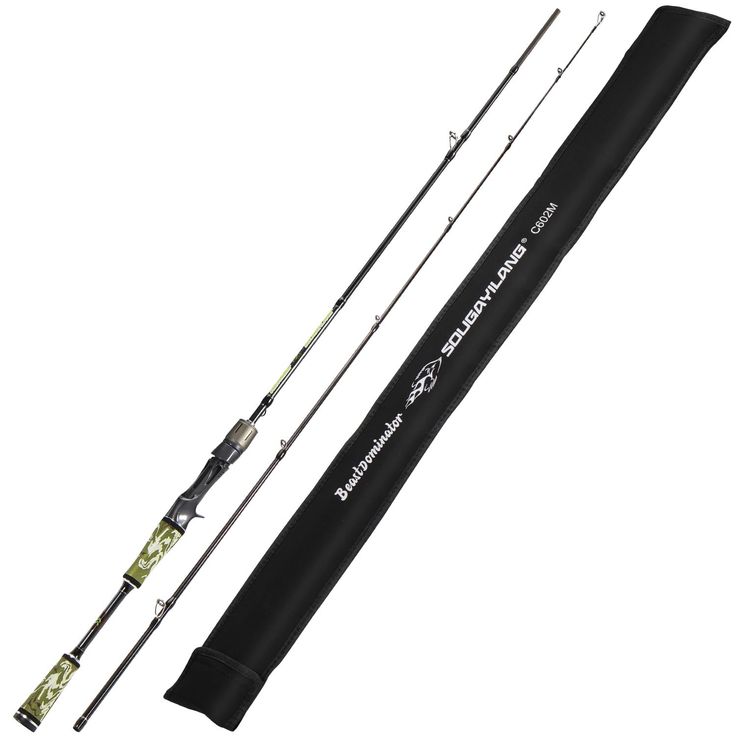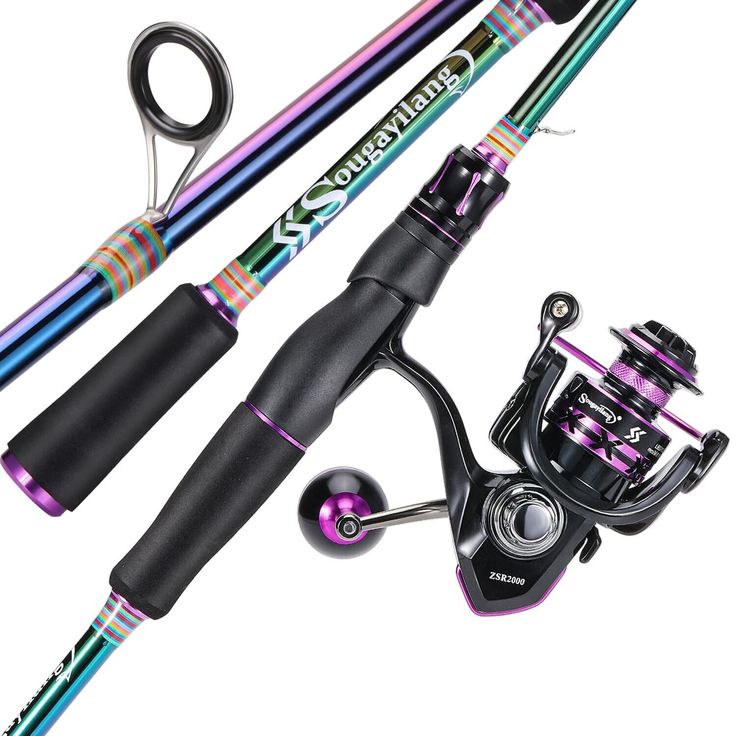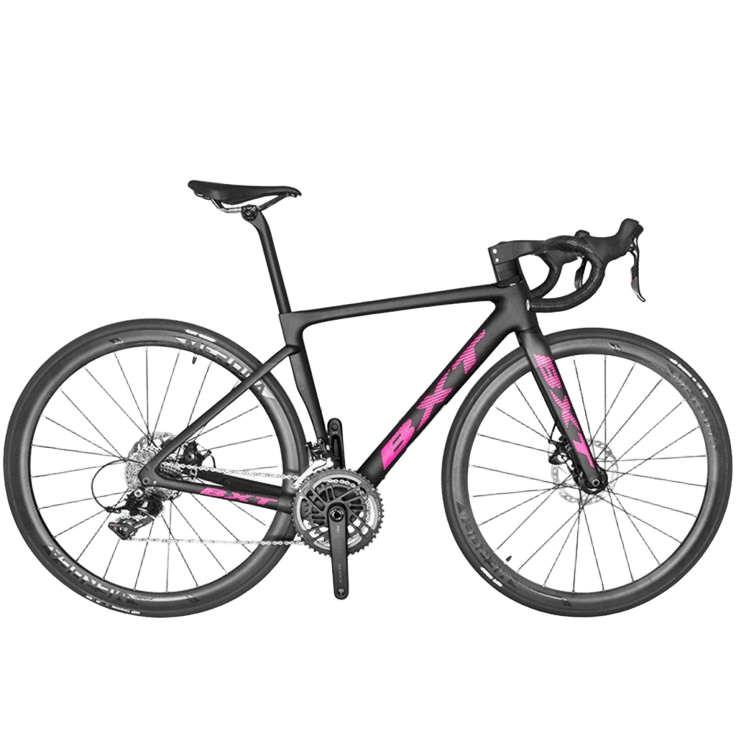Introduction to Rod Length in Bass Fishing
Selecting the ideal rod length is fundamental to bass fishing success. Rod attributes directly affect your performance on the water.
Why Rod Length is Crucial for Bass Angling Success
Rod length influences casting precision, lure manipulation, and overall control. The right length enhances fishing efficiency and boosts catch rates.
Understanding the Impact of Rod Length on Casting
Selecting the right rod length is crucial to optimize casting performance. It influences the distance you can cast, affecting how you present the lure to the bass.
The Relationship Between Rod Length and Casting Distance
Longer rods allow for longer casts, which is beneficial when fishing in open water. They give the lure more flight time, so it can reach distant areas. However, longer rods can be harder to handle, especially in tight spaces or dense cover.
A shorter rod, on the other hand, offers better control and accuracy. It’s ideal for precise placements near structures like docks or overhanging trees. Short rods work best in confined areas.
To maximize casting efficiency, consider the type of lure and the fishing environment. For example, crank baits require a rod that can cast far to reach deep waters. However, fishing with Senko calls for a rod that can place lures accurately in targeted spots.
By understanding the relationship between rod length and casting distance, you can select the best rod for your bass fishing endeavors. Balancing between length and casting ability is key to a successful day of fishing.
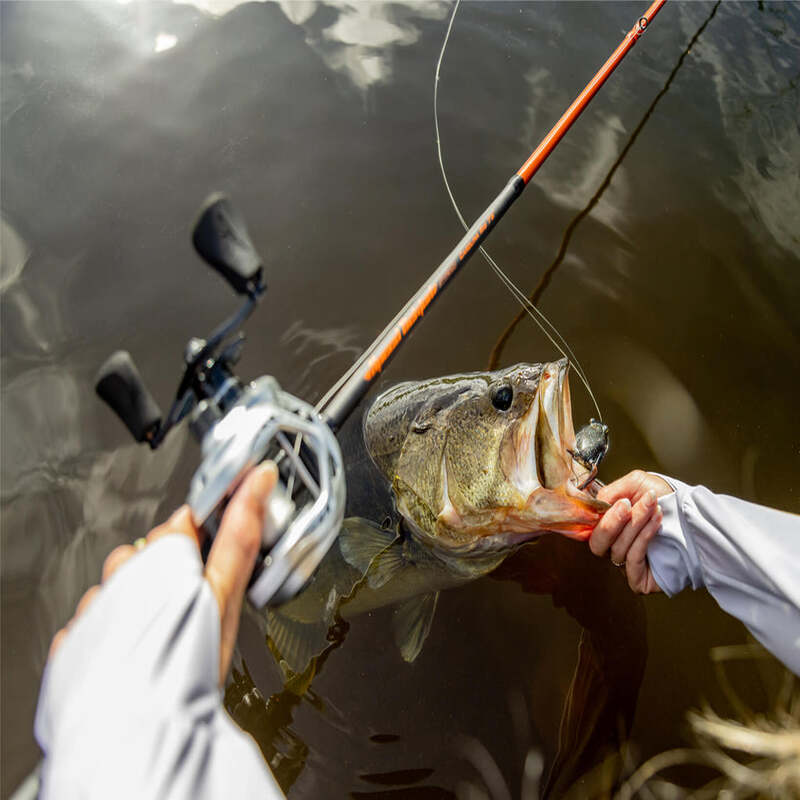
The Significance of Rod Material and Weight
Choosing the right rod material and weight is essential for bass fishing success. Different materials can significantly affect rod performance, influencing factors such as sensitivity, strength, and durability. Understanding the characteristics of these materials helps anglers make more informed decisions about their gear.
Comparing Graphite and Fiberglass Rods for Bass Fishing
When it comes to rod materials, the two most popular options are graphite and fiberglass. Each has unique benefits tailored to different angling styles.
Graphite rods are lighter and more sensitive. They help anglers detect even the slightest nibble from a bass. These rods are strong and allow for longer, more accurate casts. However, graphite can be more brittle and prone to snapping if not handled carefully.
Fiberglass rods, in contrast, are heavier and offer less sensitivity. They are known for their durability and can take more abuse than graphite. Fiberglass provides a more forgiving action, which can be beneficial when fighting a large bass. While not as sensitive as graphite, they still perform well and are usually more affordable.
The right rod material will depend on the angler’s fishing style, preference, and the type of bass fishing they are pursuing. Graphite is great for those who need sensitivity and light weight. Fiberglass suits anglers who prioritize durability and a more moderate action.
In conclusion, the choice between graphite and fiberglass rods for bass fishing involves a tradeoff between sensitivity and durability. Anglers should weigh these factors based on their specific fishing techniques and personal preferences.
Selecting the Right Rod for Different Bass Fishing Techniques
Choosing the best rod length for bass fishing often depends on the fishing technique used.
Jigging and Its Preferred Rod Lengths
For jigging, a rod between 6’6″ and 7’6″ is ideal. A medium-heavy, fast action rod is best. It allows quick strikes and better jig control.
The Ideal Rod Length for Senko and Finesse Fishing
Senko and finesse techniques require a 6′ to 7′ rod. Moderate action rods offer greater sensitivity and accuracy for these methods.
Crank Baits: Achieving Maximum Casting Distance
When using crank baits, opt for a rod that’s 7′ to 8′ long. This helps in making long casts to cover more water and reach deeper areas where bass may be hiding.

Expert Advice on Choosing Rod Length for Specific Scenarios
Navigating rod length choices can be daunting. Different scenarios necessitate distinct rod lengths. Here’s expert advice on making the best selection for your angling style.
Small Lures and Finesse Fishing: Shorter Rod Considerations
For finesse tactics and small lures, short rods are your ally. They offer precision and ease of use. Aim for rods between 6 and 6’8″. These tackle light baits with finesse, crucial for subtle bites.
Medium-Sized Baits: Finding the Balance in Rod Length
With medium baits like spinnerbaits or crankbaits, balance in length is key. A rod around 7′ gives you reach and control. It should cast further, yet remain manageable for repetitive casting.
Heavy Hitters: Long Rods for Frogs and Deep Diving Crankbaits
For big baits like frogs and deep divers, go long. Rods over 7′ help punch through dense cover and dive deep. You’ll have the strength and leverage needed for these demanding situations.

The Importance of Rod Action and Power Alongside Length
Exploring Rod Action
Rod action refers to how much the rod bends when pressure is applied. This characteristic can equally influence your performance as length. Fast action rods, for instance, bend primarily at the tip. Such rods offer excellent sensitivity and a quick hook-setting ability. Conversely, slower action rods bend more throughout the length, providing a softer feel.
In bass fishing, fast action rods are often favored for techniques involving quick hook sets. This allows for improved performance during specific techniques like topwater fishing. A short rod with fast action can quickly respond to the angle of the hook set, increasing your success rate. So, when considering rod length, it’s wise to also factor in the rod action that will complement your style.
Power and Its Role in Fishing
Power refers to the rod’s strength or ability to handle line weight. Rods can range from ultra-light to heavy, depending on the type of bass fishing intended. Understanding this aspect is equally vital. For example, using heavier lures often requires a medium-heavy or heavy rod.
Conversely, techniques like jigging or finesse fishing work better with a medium-light or medium rod. Additionally, when resisting the weight of larger bass, a heavy rod remains sturdy, offering more control. Hence, aligning the right power with your chosen rod length can improve efficiency and success rates in your bass fishing adventures.
Conclusion: Finding Your Ideal Rod Length
In summary, selecting the right rod length is paramount for effective bass fishing. The balance between rod length, action, and power must align with your preferred technique. Understanding how conditions influence your choice can enhance your overall fishing experience. Choosing a length tailored to your fishing environment increases your chances of success.
As demonstrated, there is no one-size-fits-all solution. Each angler has unique preferences, methods, and situations to consider. It may be wise to experiment with various lengths to find what feels right for you personally. Additionally, owning multiple rods can provide adaptability for varying conditions, increasing your enjoyment and success in bass fishing.
If you invest time into finding the perfect rod length, the rewards will follow. Your fishing outings can transform from simple excursions to successful adventures filled with exciting catches and invaluable memories. Whether you’re a novice or an experienced angler, rod length matters. So, choose wisely and get ready for an unforgettable bass fishing experience.
Finding Your Comfort Zone with Rod Length in Bass Fishing
Selecting the ideal rod length isn’t just about the lure or technique. It’s also about what feels right for you. You may find a 7′ rod perfect for crank baits or a 6’6″ rod more suited for finesse techniques. Experiment with different lengths to discover your comfort zone. Trust your instincts and choose a rod that enhances your bass fishing experience. The best rod length for bass fishing is the one that feels like an extension of your arm. It should allow you to cast effortlessly and control your lures with precision. Aim for a balanced setup that supports your method and brings the most satisfaction and results on the water.
